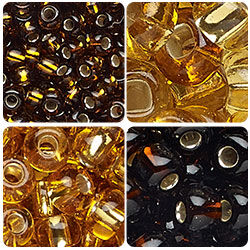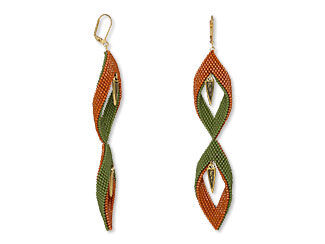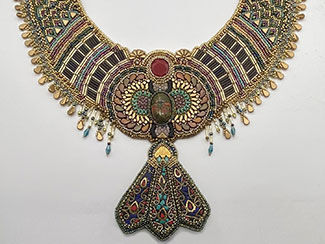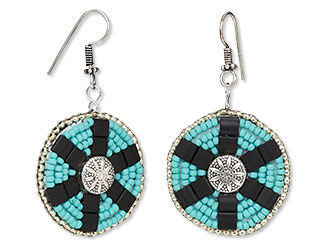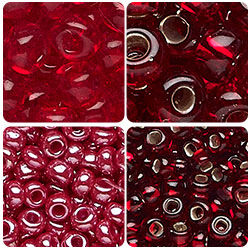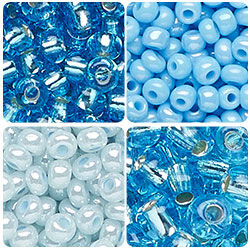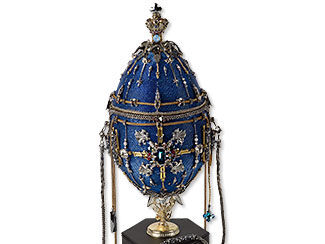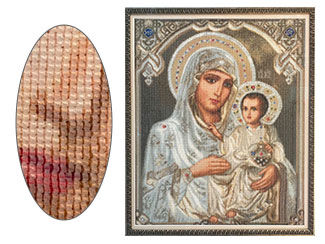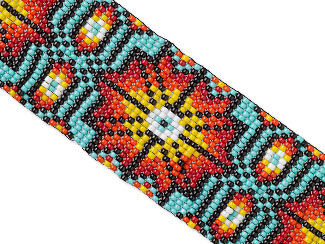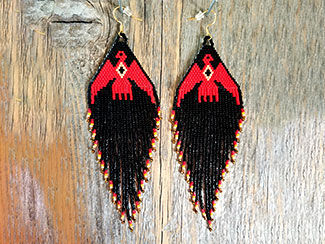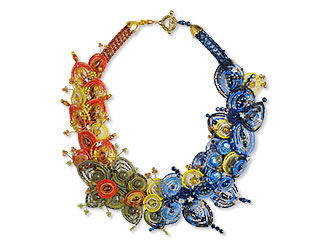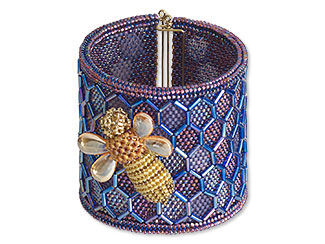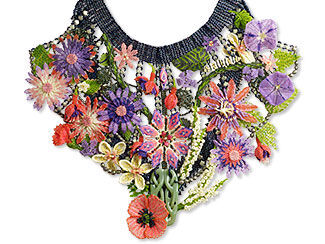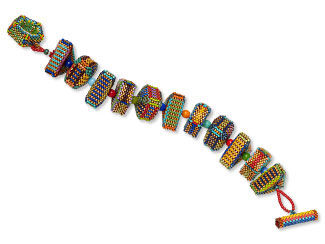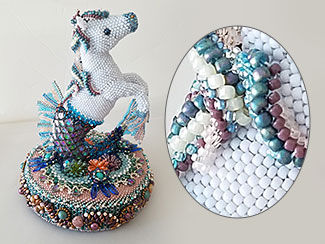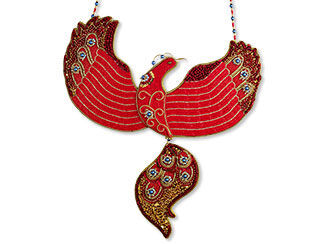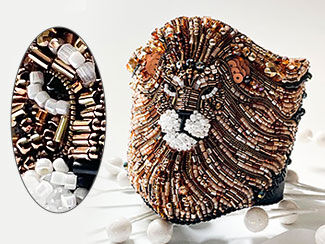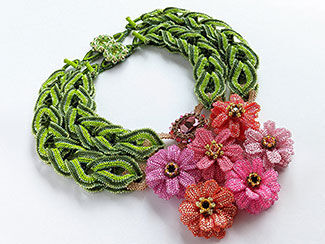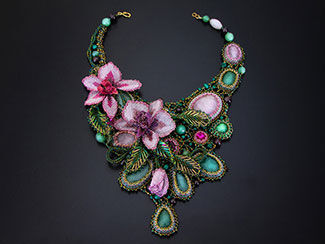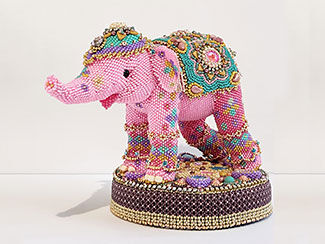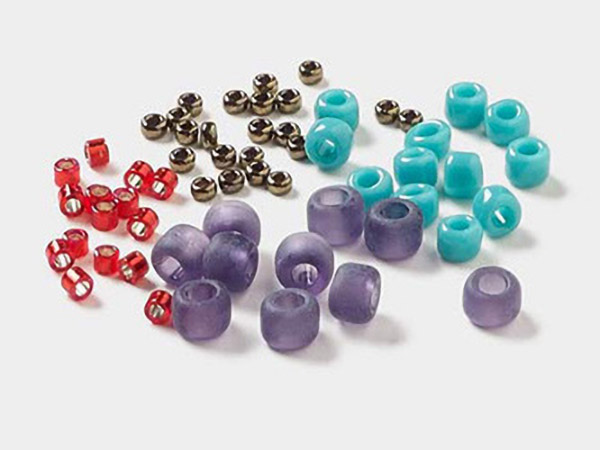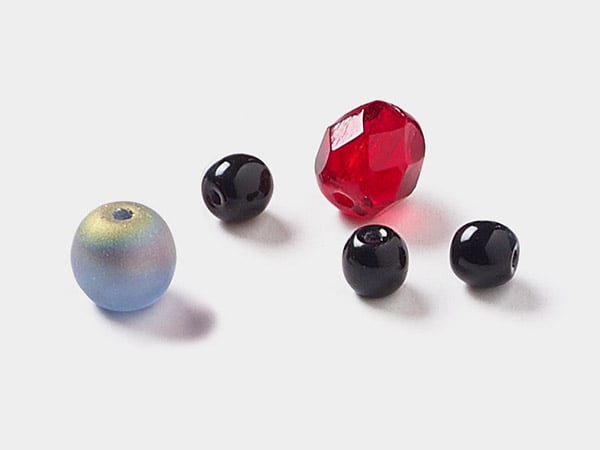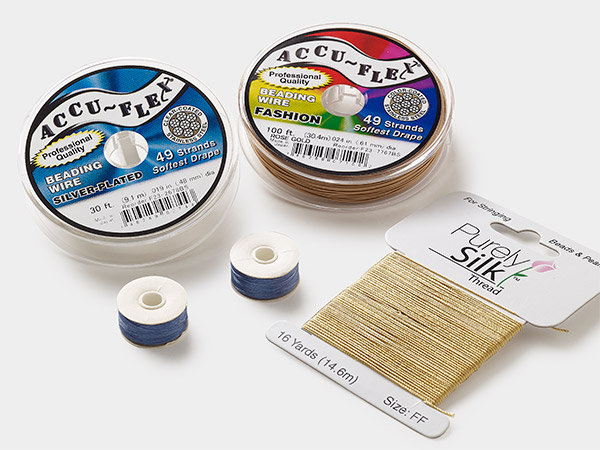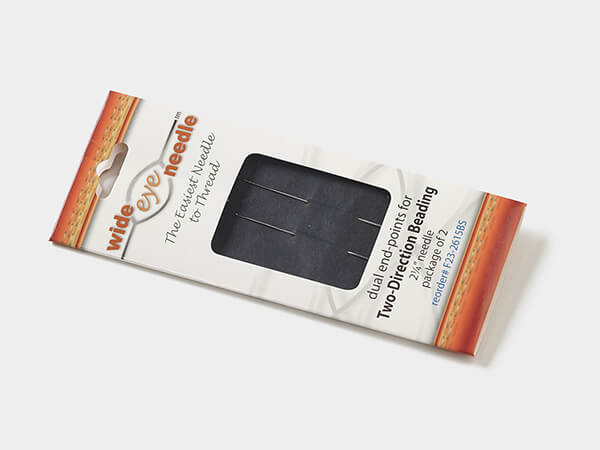History of Seed Beads
by Contest Artist AnGeGi Soutachet, Design Idea MH3M
Though tiny in size, glass seed beads have played an epic role across cultures for thousands of years. Miniature masterpieces, created from natural resources, seed beads have been objects of adornment, as well as function. They have represented power, wealth and spirituality, been included in rituals and ceremonies and treasured as currency, opening doors for global trade expansion.
With a story that goes back before recorded history, beads have been made, worn and traded by nearly every culture in the world. Beginning around 4,000 years ago, small glass beads were first manufactured in India, Mesopotamia and Egypt.
While beads have been produced throughout human history, the Roman Empire witnessed the widespread dissemination of seed beads for the first time. With trading hubs scattered across the Old World, the Roman glass trade expanded rapidly. At Arikamedu, a Roman trading post in southern India, glassmakers employed the drawn glass process, thought to have been invented in Syria or Palestine, to craft their beads. In the drawn glass process, approximately one hundred pounds of molten glass were drawn into a slender hollow tube known as a "cane." The cane was subsequently cut into minute pieces and tumbled. The beads produced at Arikamedu closely resembled contemporary seed beads—measuring three to five millimeters in size and available in both opaque and translucent hues.
Following the collapse of the Roman Empire, the widespread distribution of goods, including seed beads, experienced a significant slowdown. While individual artisans continued to craft and sell glass seed beads, the demand for adornment dwindled in the Western world due to the cultural transition from the opulence of Rome to the more austere practices of medieval Christianity. However, in regions like the Byzantine Empire and the Islamic world, production and trade of seed beads persisted without interruption, eventually resurfacing in the Western world as societal dynamics evolved over time.
With the fusion of East with West that occurred during the 1200s, the lost art of glass bead crafting was rediscovered and revived in Europe. By the 1500s, seed beads became an integral part of a burgeoning global trade network. As explorers ventured into uncharted territories, they carried with them not only their goods but also seed beads, which quickly became a symbol of cultural exchange and trade.
Venice, not yet a part of the Kingdom of Italy, became a hub of seed bead production. To boost productivity, the Venetians adopted the drawn glass method of bead manufacturing dating back to ancient Rome and the Arikamedu trading post in India. Production was eventually moved to the secure confines of the island of Murano. As demand for beads surged, the Venetians began to outsource some of their production to Bohemia (now Czechia or the Czech Republic). By the mid-19th century, Bohemia had surpassed Murano in glass seed bead production, establishing itself as the preeminent hub for crafting high-quality costume jewelry.
In the late 19th century, Japanese glassmakers perfected the art of crafting blown beads, employing innovative techniques such as multiple mold-blowing. This marked the inauguration of Japan's thriving glass bead industry.
The current Japanese seed bead industry, led by three prominent manufacturers and widely regarded as the benchmark for seed beads, boasts a relatively short history. Matsuno (including Dyna-MitesTM), established in 1935, paved the way, followed by Miyuki beads (including Delica®) in 1949 and Toho Beads® in 1951. Collectively, Japanese seed bead companies have perfected the art of creating extraordinarily beautiful seed beads.
Japanese seed beads stand out with a distinctive hallmark: a larger hole compared to other available seed beads. This characteristic empowers designers to utilize thicker stringing materials or execute multiple passes—advantages cherished by jewelry artists.
In the vibrant landscape of bead manufacturing, both Czech and Japanese bead makers are flourishing. Nestled in the heart of Czechia, the Jablonec region is a bustling hub for the glass and costume jewelry industry, providing livelihoods for thousands. Their Preciosa Czech seed beads are renowned for their exquisite quality. Despite enduring challenges spanning two World Wars and the Great Depression, the Czech bead industry not only perseveres but thrives, a testament to its resilience and unwavering craftsmanship.
The Japanese seed bead industry is renowned for innovation. Manufacturers extensively research every aspect of the seed bead process, continually refining their technology in an effort to create beads of unparalleled quality. They explore how light and durability impact their beads. Through this research, they've crafted innovative shapes, intricate colors and captivating finishes that dazzle the senses. In a few short decades, they have ascended to the pinnacle of the seed bead world.
While the raw materials for glass seed beads remain unchanged—silicon dioxide found in quartz, sand, flint and agate, along with sodium carbonate and others—the craft of bead making has evolved dramatically over millennia. This evolution has propelled these tiny treasures to unprecedented levels of perfection, transforming them into miniature masterpieces that stand as a testament to the ingenuity and craftsmanship of bead artisans throughout history.
Shop for Your Materials Here:
Have a question regarding this project? Email Customer Service.
Copyright Permissions
All works of authorship (articles, videos, tutorials and other creative works) are from the Fire Mountain Gems and Beads® Collection, and permission to copy is granted for non-commercial educational purposes only. All other reproduction requires written permission. For more information, please email copyrightpermission@firemtn.com.

